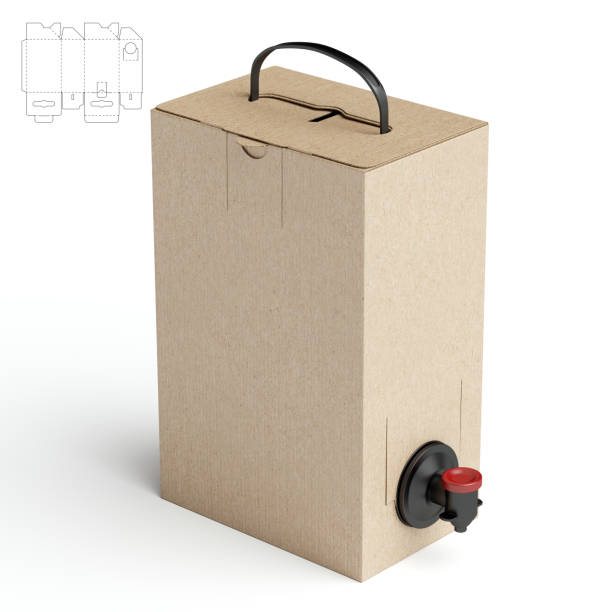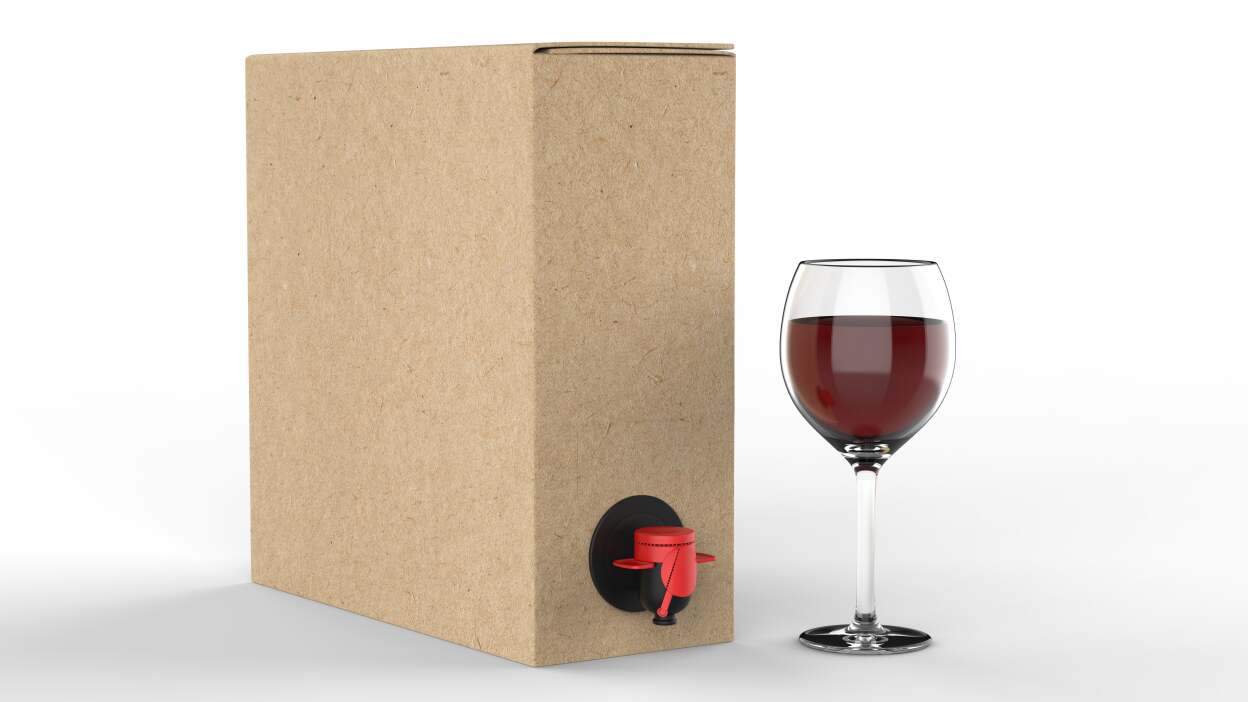Introduction
This study examined the effects of transport stress on the oxygen permeability of bag-in-box wine packaging and its implications for wine shelf-life. The research involved testing bags from five prominent suppliers and film manufacturers under two types of transport stress: simulated vibration in a lab and actual road transport over 1000 kilometers. To ensure consistency, a standard corrugated fiberboard box was used throughout, and a red French table wine was tested during the road transport phase. The investigation primarily focused on evaluating leakage and oxygen permeability of the packaging bags.
Results: Leakage and Oxygen Permeability
The study's results showed no visible leakage from any of the bags tested, which is a positive indication for the integrity of bag-in-box packaging.
Oxygen Permeability Findings
·Aluminum-Laminated Barrier Films: These bags had the lowest oxygen permeability.
· Ethylene Vinyl Alcohol (EVOH): Exhibited higher permeability than aluminum-laminated options.
·Metallized Polyester (Met. PET): Had the highest oxygen permeability among the materials tested. While lighter and potentially more cost-effective, Met. PET may not offer the same protection against oxygen ingress as other materials.
Impact on Wine Quality
To assess the impact of packaging on wine quality, the study included comprehensive chemical analyses of free and total sulfur dioxide (SO₂), oxygen levels, and color at three intervals: 1 month, 4.5 months, and 9 months post-filling. Sensory evaluations were also conducted using rank order tests at the 5-month and 9-month marks.
Key Findings
Both chemical and sensory analyses revealed minimal differences across the bag types. Notably, none of the bag types significantly affected wine quality compared to similar wines stored in traditional glass bottles. After 9 months, all wines maintained acceptable oxidation levels relative to those stored in glass without transport.
Shelf-Life Calculations
Shelf-life calculations for wine are typically based on oxygen permeability measurements.
Theoretical Shelf-Life Estimates
·New Met. PET Bags: Estimated to range from 130 to 450 days.
·Transported Bags: This range decreased significantly to 30 to 130 days.
Interestingly, the actual observed shelf-life of the wine exceeded these predictions, possibly due to phenolic compounds in the wine that inhibit oxidation, which are not factored into traditional shelf-life formulas. These formulas tend to be more accurate for white wines, suggesting that red wines with high phenolic content might behave differently regarding shelf-life.
Conclusion
For red table wines high in phenolic compounds and stored for less than 9 months, the choice of barrier material—be it Met. PET, EVOH, or aluminum laminates—does not significantly impact overall shelf-life. This finding underscores the effectiveness of bag-in-box packaging in maintaining wine quality, even under transport stress conditions, offering valuable insights for both producers and consumers in the wine industry.


 中文简体
中文简体 英语
英语 西班牙语
西班牙语 俄语
俄语 葡萄牙语
葡萄牙语 法语
法语 德语
德语 意大利语
意大利语























